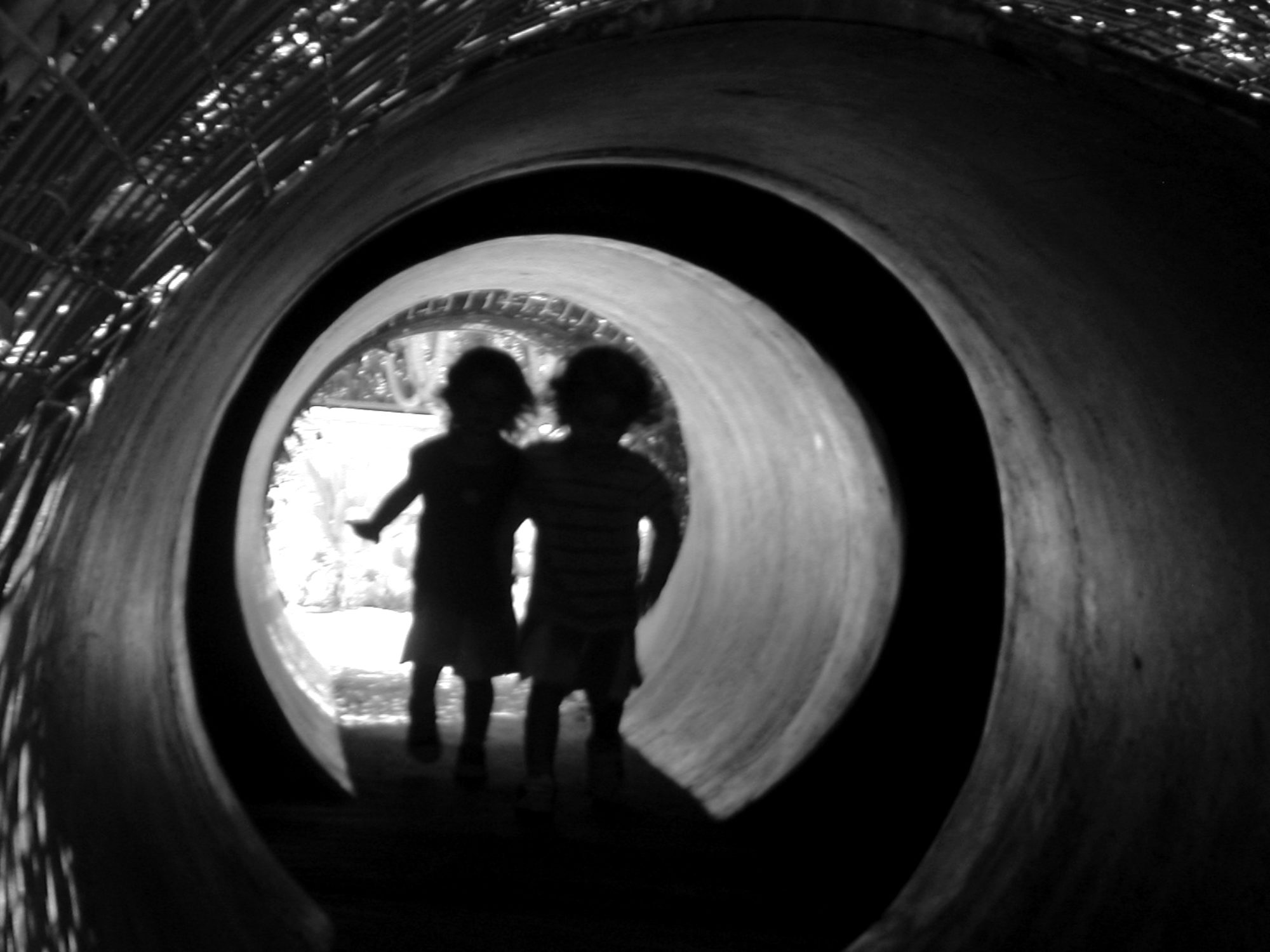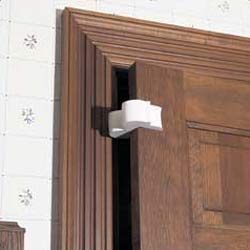“Welcome to the house with two of everything,” said a friend of mine as he came into our home recently. I hadn’t seen him in awhile, and he caught sight of a pair of chattering Elmo dolls as he entered.
This stung a little.
I am aware that I have a “thing” for toys and that I enjoy them as much, or more, than my kids. I am also aware that my kids have plenty of toys. OK. Even so, we don’t have two of everything.
Since I found out that I was having twins, I’ve been curious about this issue, particularly since I would like to prevent materialism in my kids. When I interviewed twin psychologist Dr. Eileen Pearlman about twin identity for BeTwinned, I asked her about toys and having two of the same thing. If you don’t have time to read the whole Q & A, here’s what she said about the toy concern:
BeTwinned.com: In BeTwinned toy reviews, we want to review toys that are good for sharing, but we also want to review toys that are simply great toys even if they are really best played with alone. Is it OK for parents of twins to buy toys that belong just to one twin, or should twins share everything? And, is it OK for parents of twins and multiples to double-up on some special or highly-desired toys? At first, I was afraid I was spoiling my kids if I bought them each a their own Thomas train, for example.
EP: It’s not just OK, it’s important. In order to be able to share something, you first have to own something. You can’t go straight to sharing. First it has to be learned that this is mine, and then that’s yours, and then OK, we can share.
For someone to have ownership is really important because sometimes what’s on the outside is what is reflected on the inside. If I have my own toys and my own clothes, that means I’m my own person. If I have to share everything on the outside, then do I also have to share my identity and myself inside? So the inside and the outside work together in this way. I think it’s important for parents to be able to give twins their own toys, to be able to have their own thing that they covet. This gives them a sense of ownership, a sense of pride, a sense of identity. Yes, I can see where swings and big-ticket items you could have one that they have to share. But there are certain things where they may want to have one of their own. Maybe they want something a little different, or maybe they want the same thing.
I remember when the Cabbage Patch dolls were in, and one mother told me she was going to get one of her twins a Cabbage Patch doll and the other one something else. And I said, “Well, what if they both want a Cabbage Patch?†Even if they were both singletons, they may both want a Cabbage Patch doll.
It is important for parents to follow their children’s lead to see if they want the same or if they want something different. And if there’s something that’s coveted, we need to listen to them. If they both want to take ballet, fine. But if one wants to take ballet and one wants to take gymnastics, it’d be better to say, OK, this is what I need to do right now. If you both want to take it, fine, but if not, it’s all right.
BeTwinned.com: That’s very empowering. You feel pressure from society’s values that they must always share and that you’re spoiling them if you buy them two Thomases or two Cabbage Patches.
EP: No, you’re not spoiling them at all. There is a lot of pressure. I had a mother in my group just last week – she has 15 month old twin boys. She said, “They should be sharing, they should be the same.†And I said, “Why should they be the same? Even identical twins are not the same.†We need to see where each of them is, and we need to see where they overlap. Sometimes the overlap may be great. I use the example of one twin being a red circle and the other being a yellow circle, there are places where they overlap to make orange. Sometimes there is a big overlap and sometimes there’s not. There’s a lot of red and yellow in each one and there’s orange. So you have to pay attention to all of that.
In terms of encouraging my daughters’ personal interests, I’ve found Dr. Pearlman’s advice about following the child’s lead to be very helpful.
And on the practical, home-management side, sometimes having two of the same thing really helps. For example, depending on the toy, having two can prevent a lot of fights. But, two of the same thing can also create a pain in the butt, like with two cube puzzles someone once gave us. With 30 different blocks in each puzzle and with each side of each cube offering a different picture for one of the six possible puzzles, cleanup of two sets was a nightmare. That’s 360 possible cube sides, folks. A veritable sorting-out disaster, determining which block went with which set. So, happily, one set now has a different home.
As far as gift giving, people do mean well, I know. But it’s almost always best if people just ask first. I have found that the answer to the question of whether to bring two of the same or two different toys is totally different, depending on the item. And sometimes one toy to share is perfect, too. Other times, no toy at all is also a happy alternative.
It occurred to me the other day that as far as sharing toys goes, my own twins have the great advantage of having a built-in best friend with very similar interests. For Christmas, Dinah got a stuffed Lightning McQueen and Djuna got a stuffed Tow Mater (both characters from the movie Cars), and it just delights me to hear one of them say to the other, “Hey! Wanna switch?”
How lucky is that?





